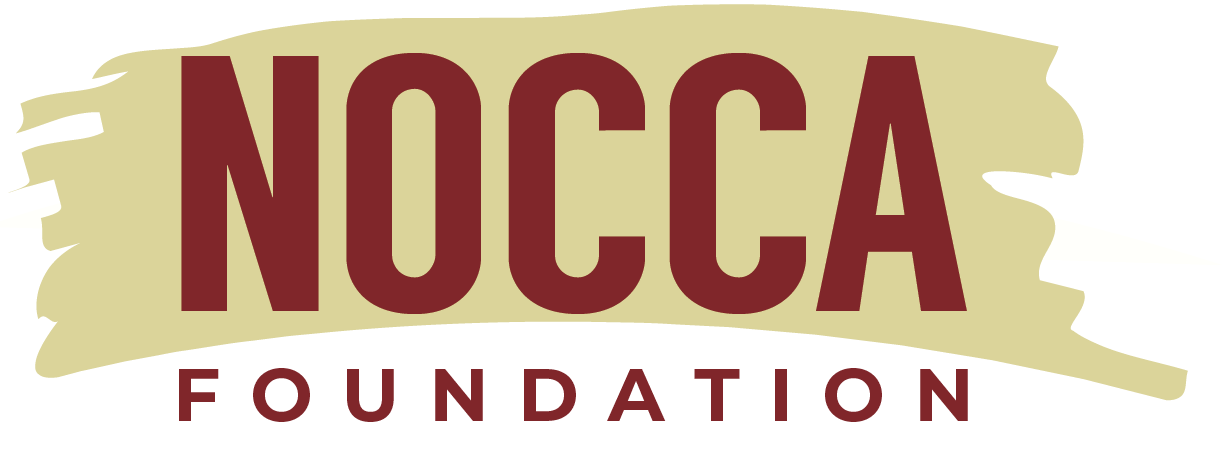Visiting master artists tell students: build on your strengths. NOCCA’s great strength is its approach to teaching. Louisiana’s great strength is creativity.
As an arts-training school, we approached the development of a new academic curriculum with a clean sheet of paper, without preconceived notions about how and when content might be delivered. And we had the opportunity to develop a new way of teaching academics at a time when New Orleans, Louisiana and the nation are seriously addressing education reform.
With input from leading thinkers across the country and a very deliberate design phase, we are poised to find out what NOCCA’s successful model of education in the arts means to the full spectrum of learning. We call the program the Academic Studio.
Breaking Boundaries
One of the Academic Studio’s most important dynamics is a curriculum which is integrated on multiple levels. We began this effort with a desire to support arts-training through academics. For instance, we wanted to help Media Arts students understand sound waves and Culinary Arts students understand changes in states of matter as required early on in their arts-training.
During the process, though, the design team came to realize they would have the rare opportunity to “reinvent the wheel.” They sought to break boundaries.
Connecting arts to academic training was just the first step. The designers, including San Francisco’s Exploratorium, mathematicians from University of Texas Austin and University of Melbourne, Australia, and historians from Harvard to Stanford, endorsed breaking boundaries within academic subjects. For instance, rather than teach the Social Studies subjects of geography, world history, American history and civics in separate years, the new curriculum will reflect how historians approach their work — by studying all of these subjects during a specific time frame.
Humanity’s Place in Time and Space
Social Studies domain partner, Dr. Michael Wallace, realized early on that the arc of human history – which he believes reflects a maturation process rather than a progressive process – mirrored the maturation of young artists. His curriculum structure examines human interaction as it expands and intensifies over time, from deep history to the present.
As the design team shared their work, the social studies chronology became the framework for integrating learning across academic subjects. As a result, first-year students will delve into the history, geography, culture, literature, art, languages, scientific and mathematic discoveries from early civilizations to 1400 CE.
Academic Studio faculty have also integrated teaching: math and science will be taught together, and English, history and world languages will be taught together. Such a sophisticated program and ongoing curriculum development has required an unprecedented level of collaboration. Yet the faculty and director, who hold five doctorates among them — as well as our other design partners — have never been more excited.
Goals
“We want students to see themselves as active intellectuals, as contributors to the world of ideas” says English faculty member Dr. Spree MacDonald.
“It’s not just about getting students into and funded for college,” emphasizes NOCCA President and CEO Kyle Wedberg. “It is about making sure all of our students have the tools they need to excel in both arts and academics.”
“A broad, deep and meaningful education is critical to NOCCA’s young artists” concludes Sally Perry, Executive Director of The NOCCA Institute. “But it is also essential to the success of young people in the 21st century. Can an arts conservatory create an innovative academic curriculum at the high school level? Yes, we can. Can NOCCA’s powerful creative spirit change education? Definitely. ”

